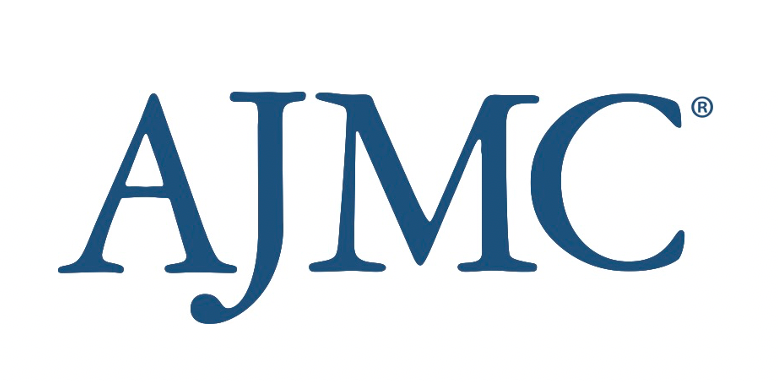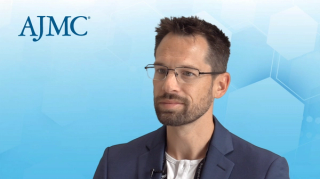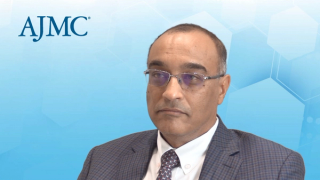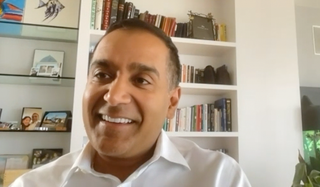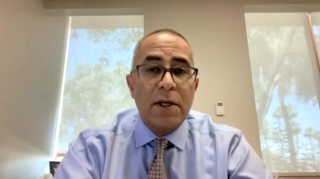
Health System
Latest News

Individual, Neighborhood-Level Social Risk Indicators Provide Distinct Health Care Use Insights
Latest Videos

Podcasts
CME Content
More News
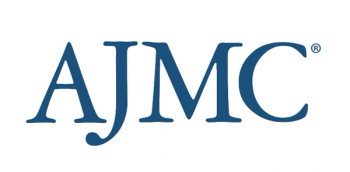
A higher percentage of accountable care organization (ACO) primary care providers was associated with physician leadership, upside financial risk, and financial compensation of physicians tied to performance measures.

Care coordination engagement increases over time in long-term high-cost, high-need patients, with no identifiable data-driven times for when to initiate patient care de-escalation.

Patients who did not complete a distress screener were also less likely to receive autologous stem cell transplants.

Tenacious efforts at every level, from the individual clinician to the hospital to the state to Congress, will be needed to make sure patients can access life-saving gene therapies for neuromuscular diseases.

Learning from examples like congenital heart disease and cystic fibrosis can help health systems and clinicians prepare to care for an influx of patients with neuromuscular diseases as they reach adulthood thanks to transformative therapy advances.

This case study demonstrates how system-based tobacco cessation was enhanced in a community clinic.

This article describes the reach of a Food-as-Medicine strategy implemented by a regional health care system and its impact on adult participants’ cardiometabolic risk factors.

Implementing a policy change to require preappointment surveys before scheduling initial clinic evaluations can improve wait-list times and show rates.

Artificial intelligence (AI) helps a Sarasota, Florida, health system catch lung nodules that appear on CT scans for patients treated for scores of conditions, allowing them to be referred for a possible lung cancer diagnosis.

A stratified demographics analysis of video visit telemetry data reveals that age older than 65 years and African American/Black race are associated with higher video visit failure rates, whereas language, sex, and ethnicity are not.

Nick Webb tells attendees at the Association of Cancer Care Centers that consumer experience and workforce happiness will be keys to success in the future for health systems.

Enhanced premium tax credits (PTCs) have made marketplace health insurance more affordable, and eliminating them could have sweeping impacts on consumers and the health care industry, according to a new report.

Cell and gene therapies can be life-changing for patients with certain conditions, but the process of receiving them poses barriers for patients and caregivers that require multistakeholder solutions, according to a white paper from the National Pharmaceutical Council.

The removal of FDA guidance on clinical trial diversity and related anti–diversity, equity, and inclusion (DEI) actions may hinder progress toward equitable health care, impacting workforce diversity, patient outcomes, and research.

Longer appointment duration was associated with lower likelihood of missed appointments for patients receiving care at a federally qualified health center network.

In this interview, chief operating officer and cofounder of Upfront Healthcare, Carrie Kozlowski, OT, MBA, discusses the integration of artificial intelligence (AI) in health care, emphasizing both opportunities and risks.

Patients who revisit the emergency department shortly after discharge are at high risk for complications and death, exacerbated by COVID-19 screening workload. Detection efforts impact outcomes.

The findings challenge the effectiveness of these widely used transitional care interventions and suggest a need for more targeted, multifaceted approaches to address the needs of higher-risk patients.

This article examines the prevalence of unused primary care appointments in the Veterans Affairs Health Care System.

Researchers developed and tested an assessment tool to measure coordinated care for traumatic brain injury against the criteria of an integrated practice unit.

Older adults in the United States are disproportionately affected by health care costs compared with their counterparts in other wealthy nations.
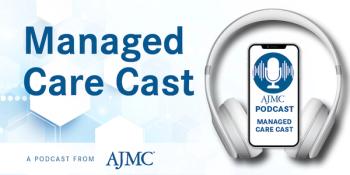
The Wellness Way facility was designed to improve access to comprehensive outpatient care and address social determinants of health for a diverse patient population.

Lindsay Bealor Greenleaf, JD, MBA, of ADVI Health, weighs in on what to expect in key health care policy areas in the wake of the election.

This article used regression analyses to quantify how clinical staff perceive provider feedback to improve human papillomavirus (HPV) vaccination rates and determine the prevalence of such feedback.

Authors found the pharmacy costs for momelotinib were $11,095 higher per month, too much to offset higher transfusion costs for ruxolitinib.


